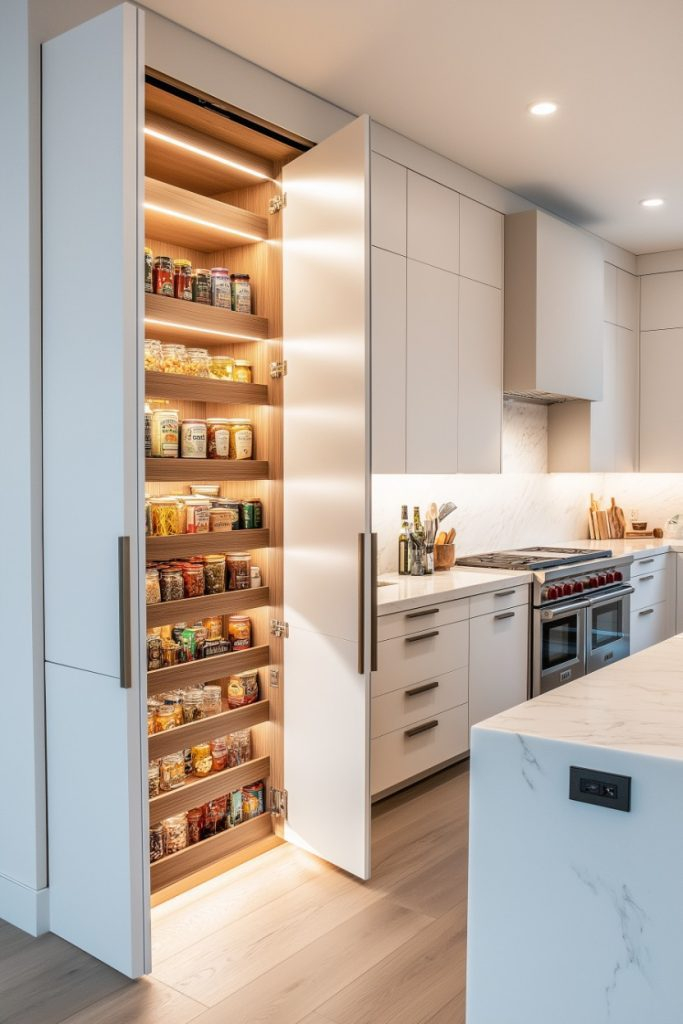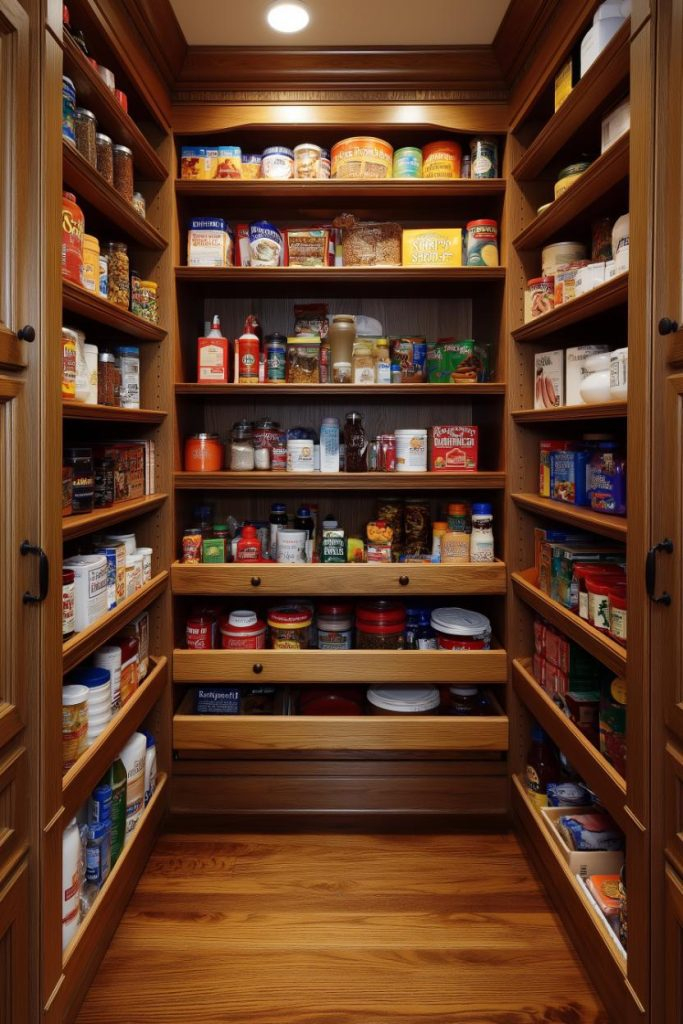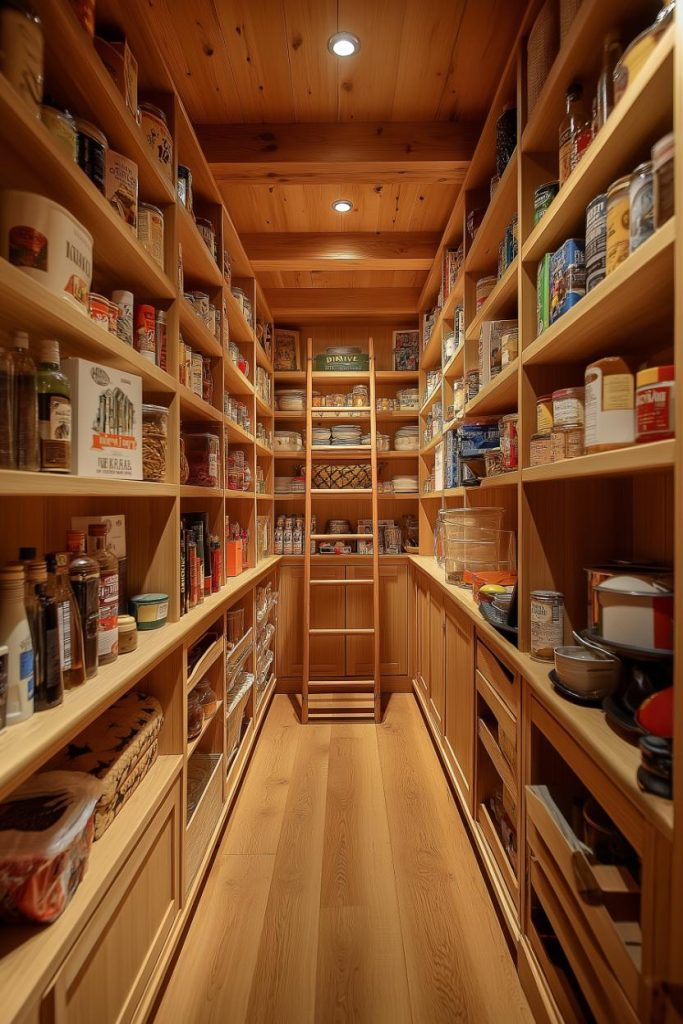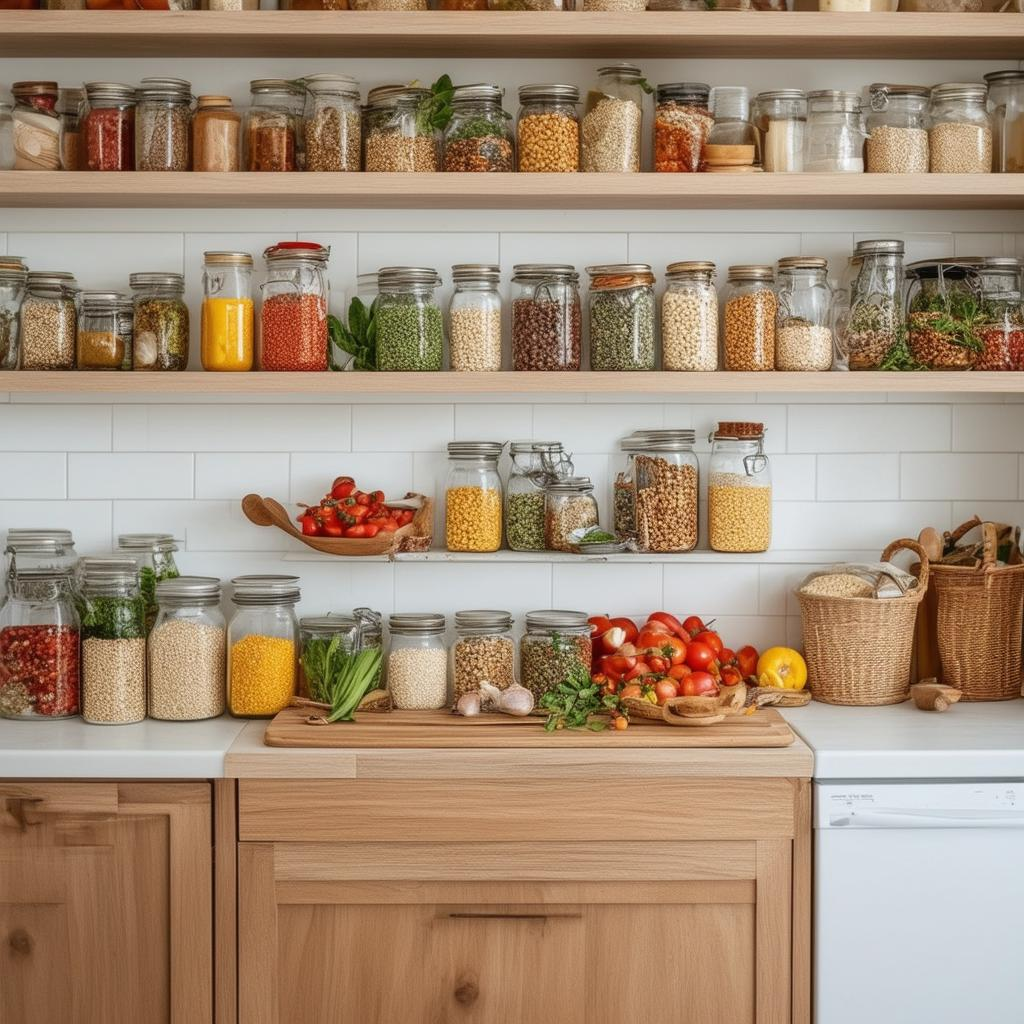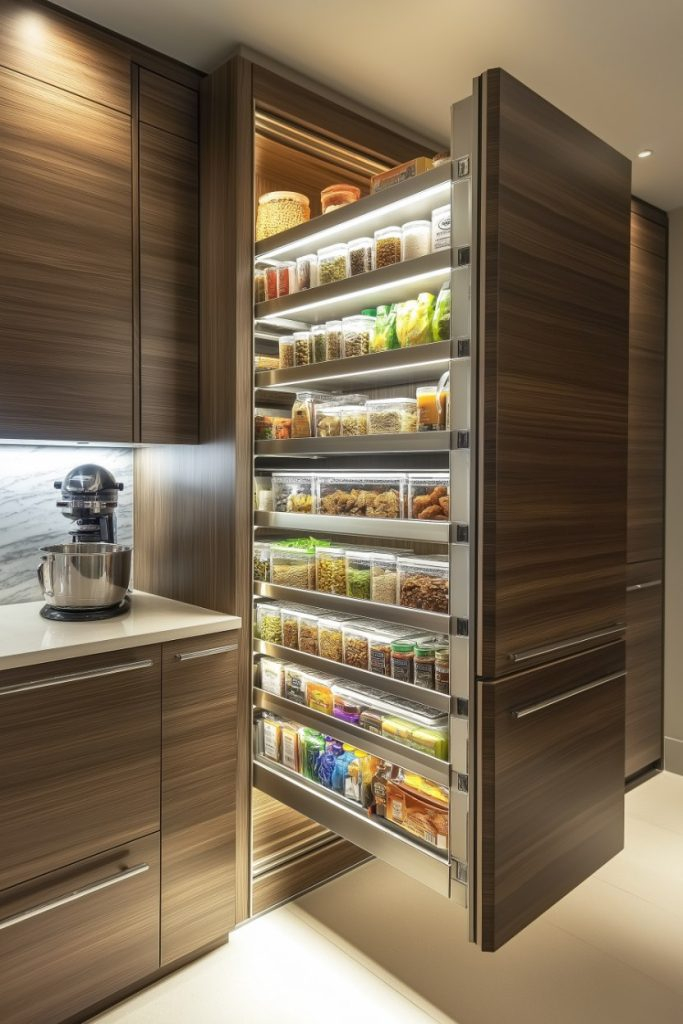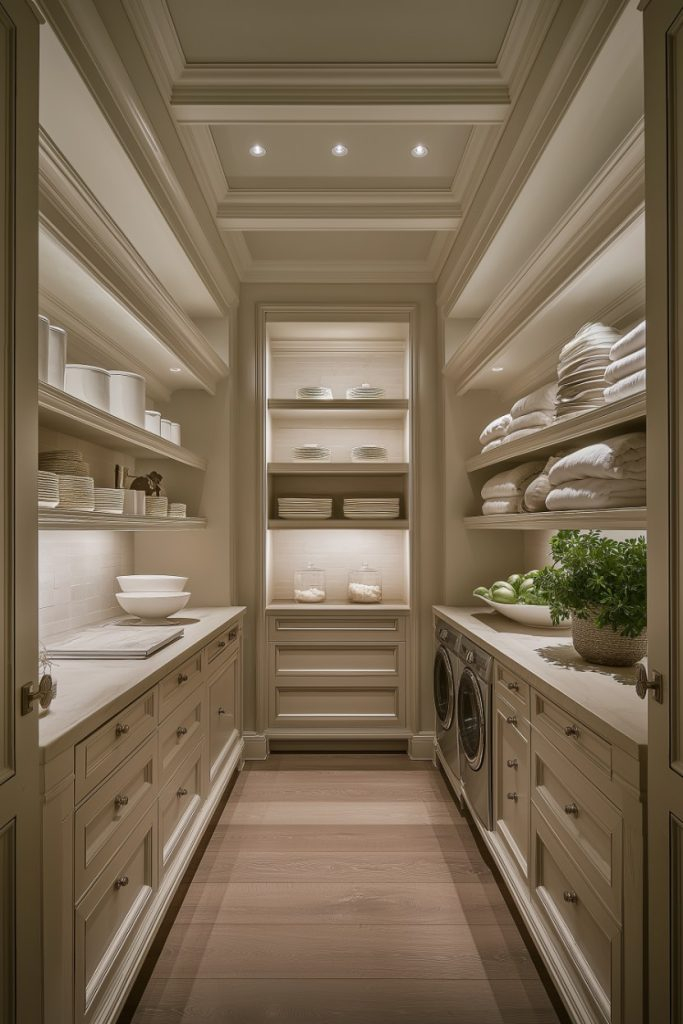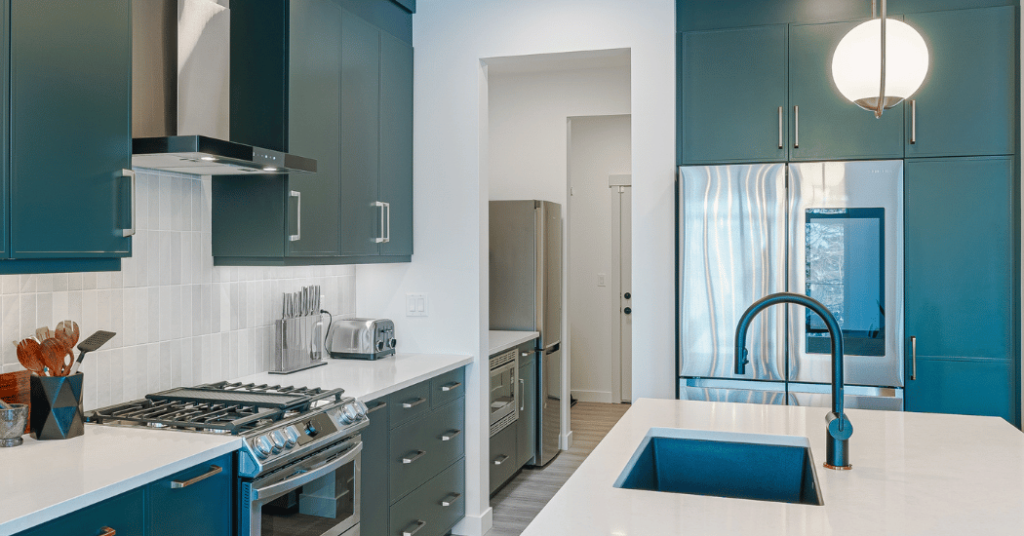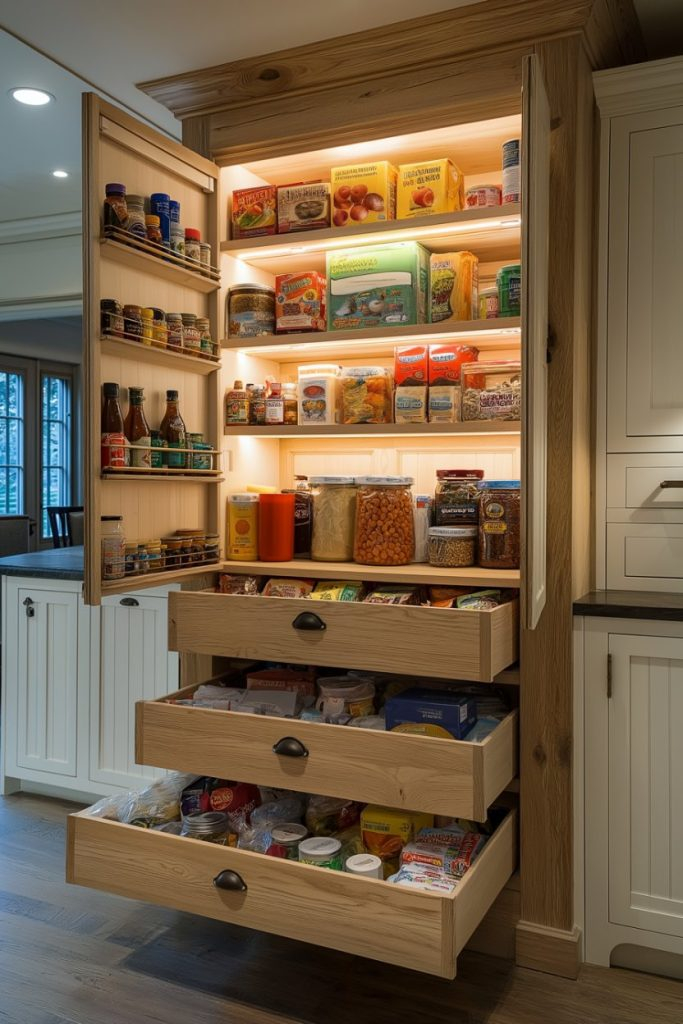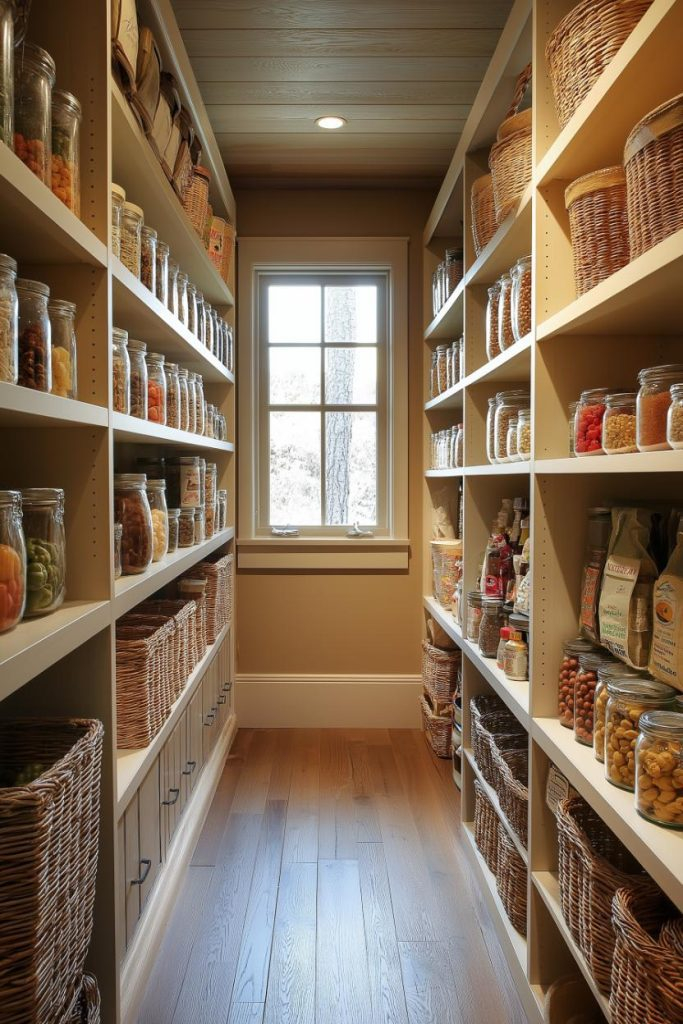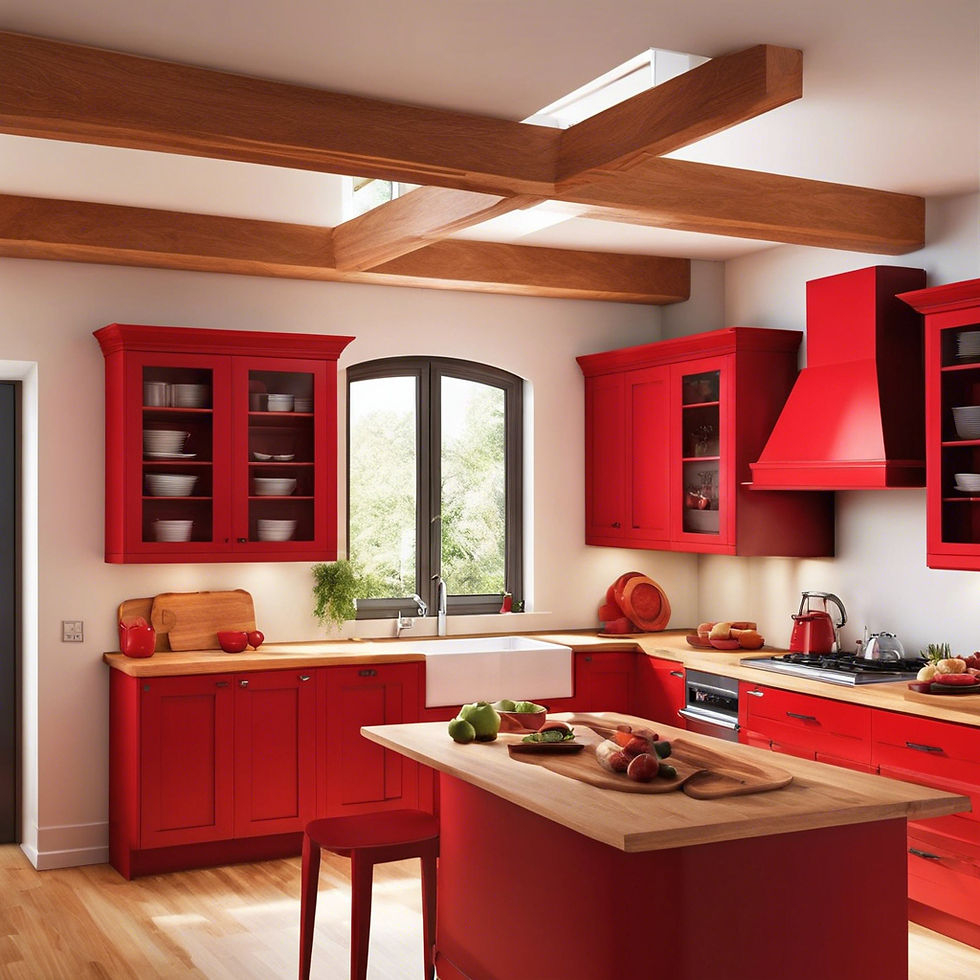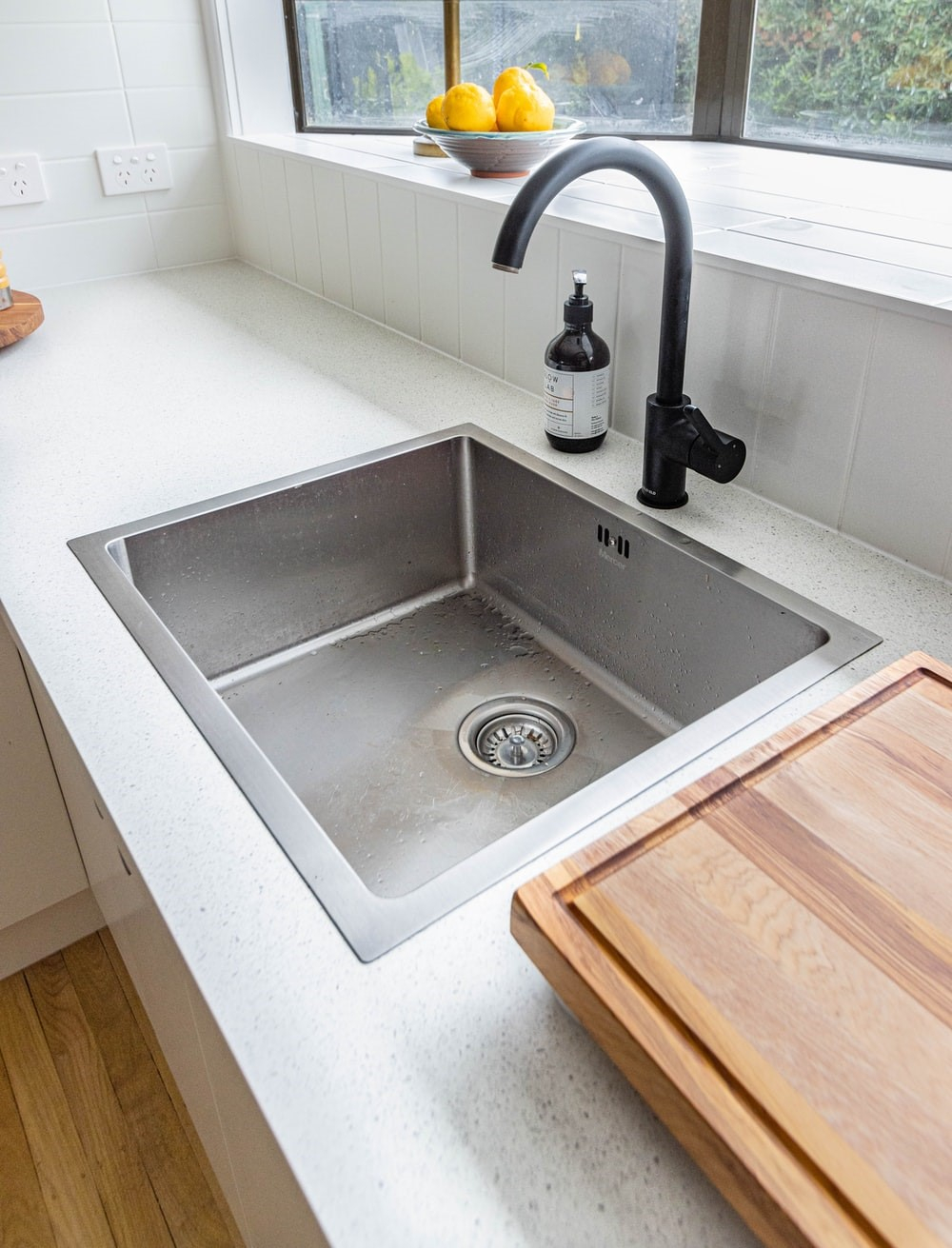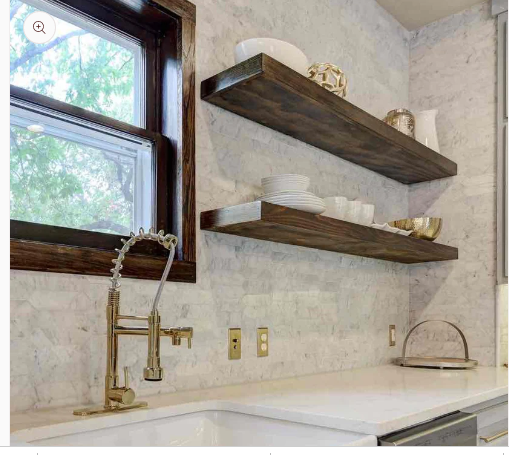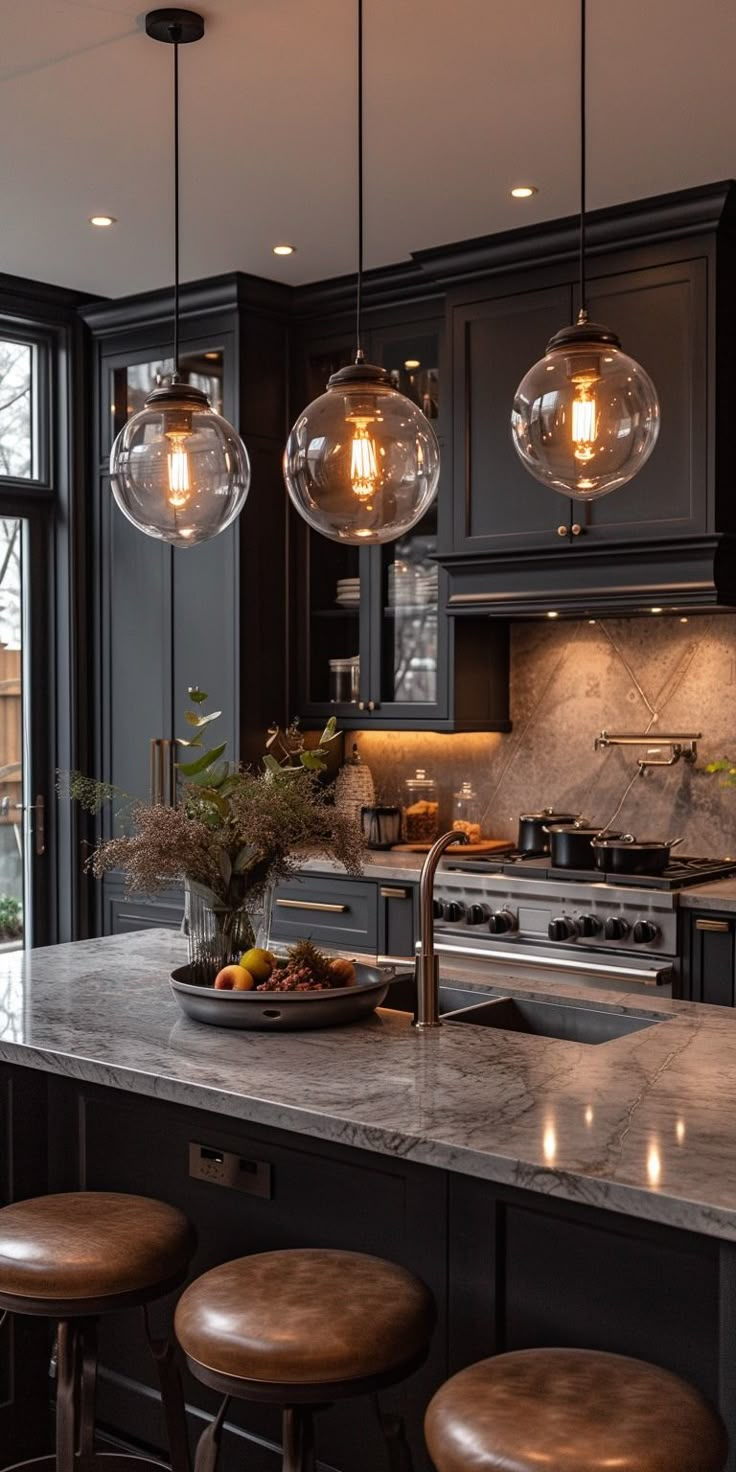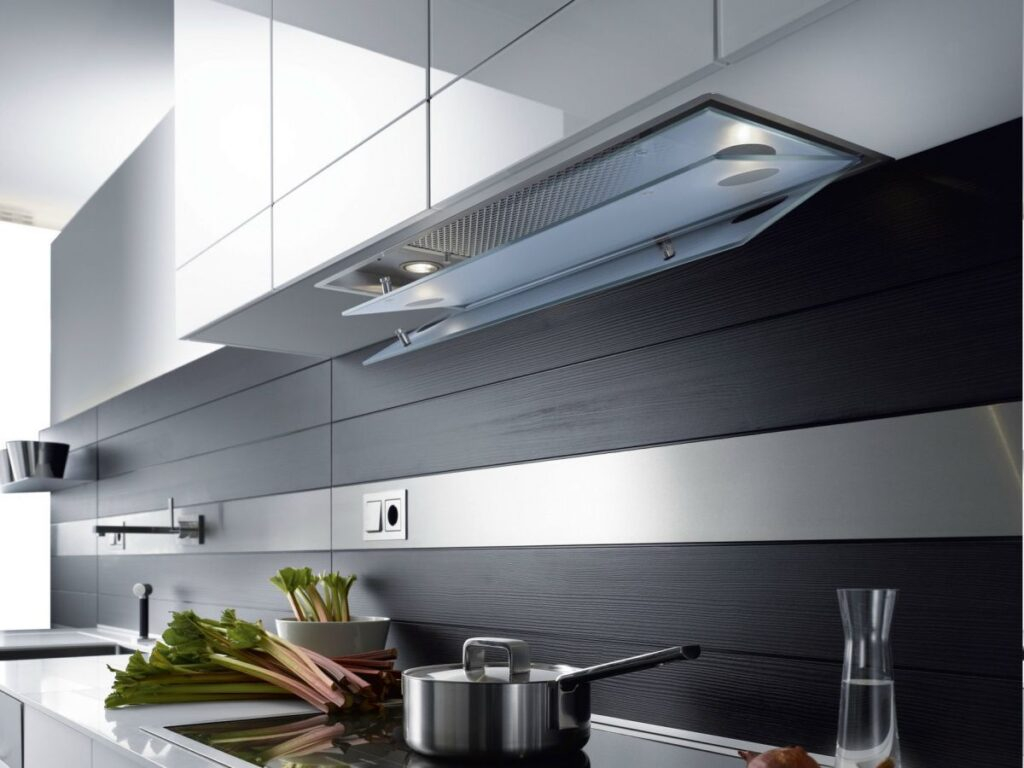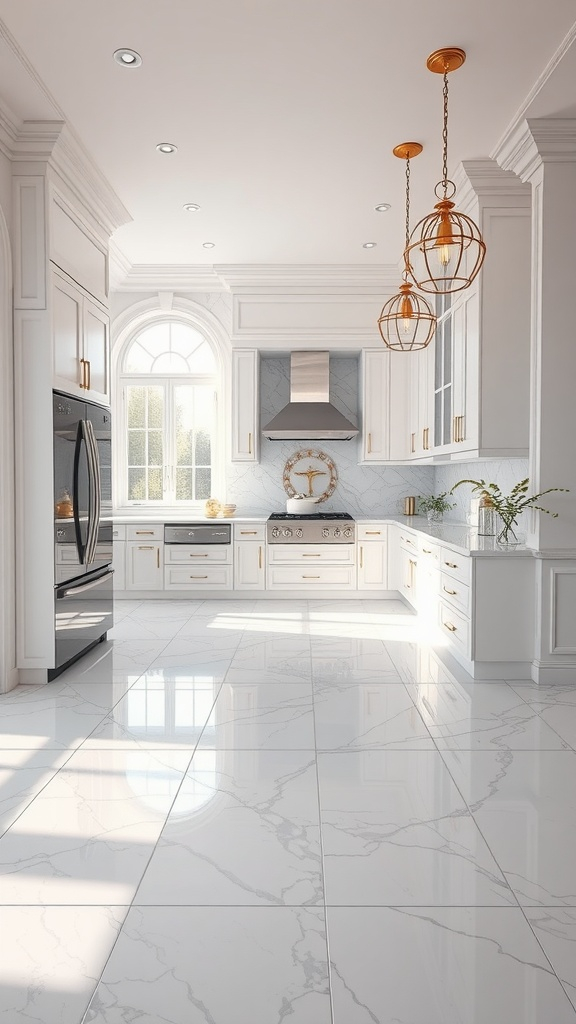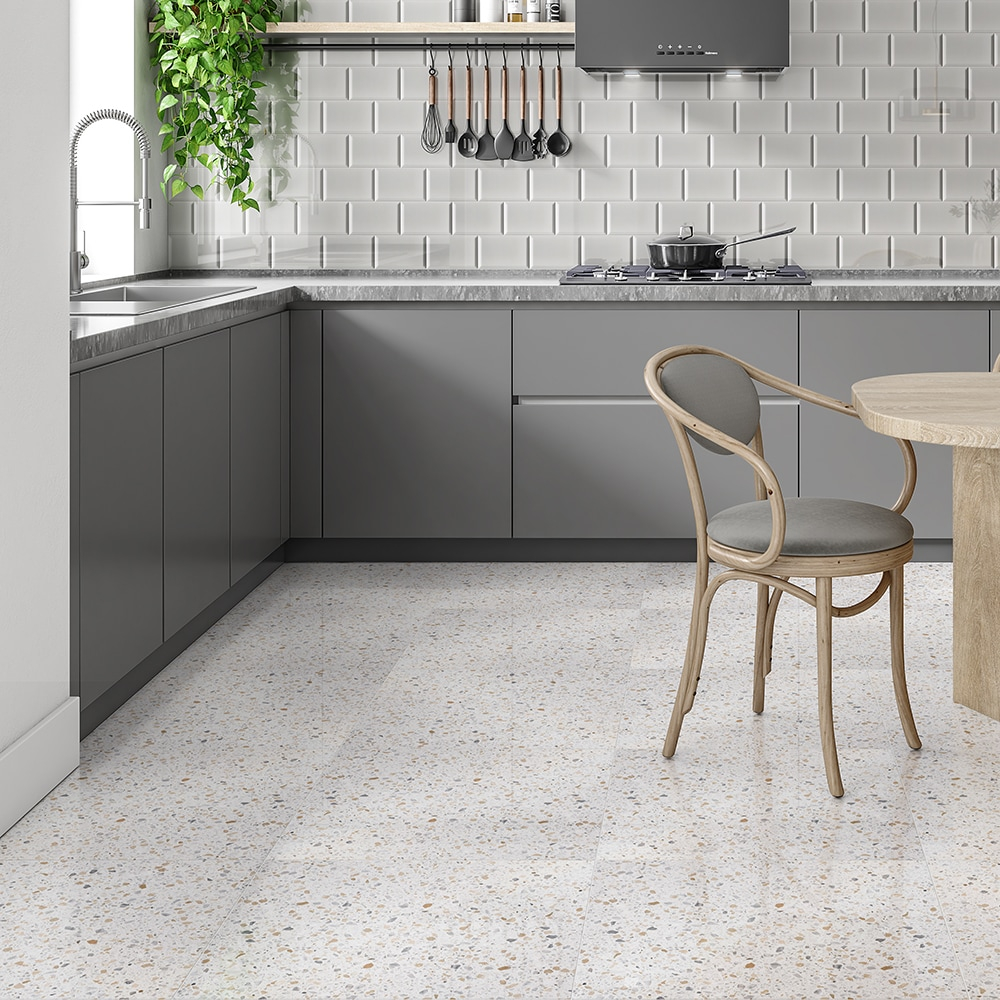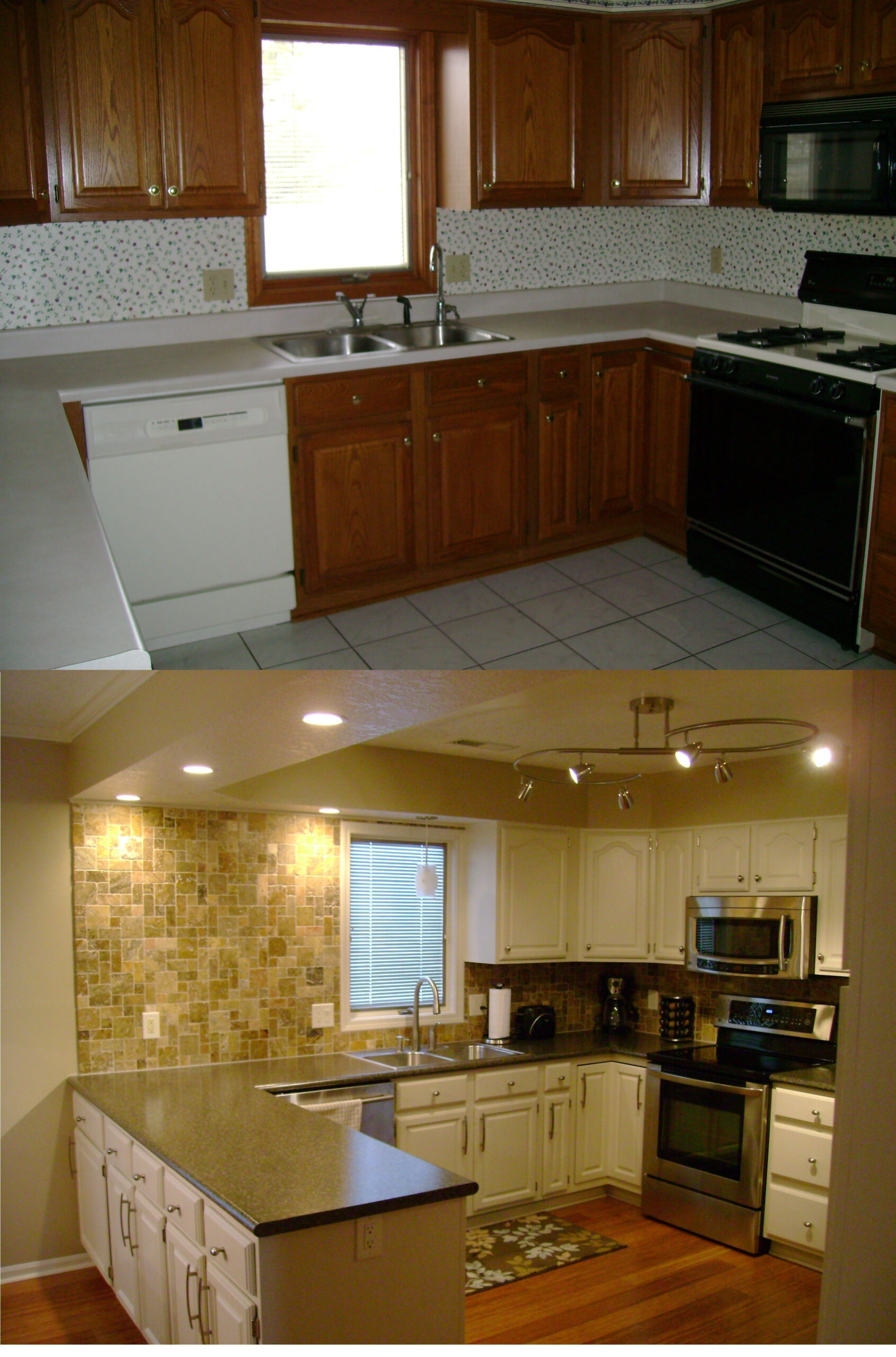Ever feel like your kitchen is working against you? You know, the endless search for that one spice, the avalanche of pots and pans every time you open a cabinet, or the sheer chaos that makes meal prep feel like a chore. It doesn’t have to be this way. Imagine a kitchen where everything has its place, where you can find what you need in seconds, and where the joy of cooking isn’t overshadowed by disarray. That’s the power of a well-organized kitchen. It’s not just about aesthetics; it’s about creating a functional, efficient, and peaceful environment that makes cooking a pleasure, not a problem.
Let’s be honest, a messy kitchen can be more than just an eyesore. It can lead to wasted time, unnecessary stress, and even increased food waste. When you can’t find ingredients, you might end up buying duplicates or letting things expire. When your workspace is cluttered, cooking becomes a hazard. But a little bit of order can go a long way. Think of your kitchen as the heart of your home, and like any important space, it deserves some thoughtful attention. Organizing it properly isn’t just about tidiness; it’s about making your life easier and your cooking more enjoyable. It’s about creating a system that supports your culinary adventures, big or small.
Declutter Like a Pro: The First Step to Sanity
Before you even think about buying fancy containers, you’ve got to tackle the clutter. This is the most crucial step, and often the most daunting. Grab some boxes or bags and label them: Keep, Donate, Toss, and Relocate. Go through your kitchen item by item. Be ruthless. Do you really need three potato peelers? Is that chipped mug still serving a purpose? What about that gadget you used once and never again?
Here’s a quick decluttering checklist:
- Expired Food: Check your pantry, fridge, and spice rack. Toss anything past its prime.
- Unused Gadgets: Be honest about what you actually use. If it’s been a year or more, it’s probably time to let it go.
- Duplicate Items: Unless you have a specific reason, one or two of most things is usually enough.
- Damaged Cookware/Utensils: Cracked bowls, warped pans, and dull knives need to be replaced or repaired.
- Excess Packaging: Keep only the essential storage containers and discard the rest.
This process might feel overwhelming at first, but breaking it down into smaller tasks, like tackling one cabinet or drawer at a time, makes it manageable. And the feeling of accomplishment when you’re done? Priceless.
Zone Your Kitchen for Peak Efficiency
Once you’ve decluttered, it’s time to think about workflow. Imagine your kitchen divided into zones based on activity. This makes cooking much smoother because you’re not constantly running back and forth.
Common Zones Include:
- Prep Zone: Near the sink and trash can, this area is for chopping, mixing, and general food preparation. Keep your knives, cutting boards, mixing bowls, and basic utensils here.
- Cooking Zone: Around the stove and oven. Store your pots, pans, cooking utensils (spatulas, ladles), and frequently used spices and oils nearby.
- Baking Zone: If you bake often, dedicate a space for baking sheets, flour, sugar, measuring cups, and your mixer.
- Pantry/Storage Zone: For dry goods, canned items, and staples. Keep frequently used items at eye level.
- Cleaning Zone: Around the sink. Store dish soap, sponges, cleaning sprays, and towels here.
By grouping similar items and placing them where you’ll use them most, you’ll find yourself moving through tasks with much greater speed and less frustration. It’s like having a well-rehearsed dance routine for your meals.
Smart Storage Solutions: Making Every Inch Count
Now that your kitchen is decluttered and zoned, it’s time for smart storage. The goal is to maximize space and keep things accessible.
Think vertically and utilize every nook and cranny:
- Drawer Organizers: These are lifesavers for utensils, cutlery, and even spices. They prevent jumbles and make finding things a breeze.
- Cabinet Shelves and Risers: Add extra levels to your cabinets to stack items without creating precarious towers. This is perfect for plates, bowls, and cans.
- Lazy Susans (Turntables): Ideal for corner cabinets or deep pantries. They allow you to spin and access items at the back easily, especially useful for spices, oils, and condiments.
- Clear, Stackable Containers: Decant dry goods like pasta, rice, flour, and sugar into uniform containers. They look neat, keep food fresh, and let you see exactly what you have. Plus, they stack beautifully, saving precious cabinet space.
- Wall-Mounted Organizers: Consider magnetic knife strips, spice racks mounted on the inside of cabinet doors, or pot racks. These free up valuable counter and drawer space.
- Under-Shelf Baskets: These slide onto existing shelves to create additional storage for smaller items like dish towels or packets.
Don’t be afraid to get a little creative. Sometimes, a simple tension rod can divide a deep drawer or create a hanging space for cleaning supplies.
Pantry Perfection: Keeping Your Staples Accessible
Your pantry is the backbone of your cooking. A well-organized pantry means you always know what ingredients you have on hand, which is key to efficient meal planning and avoiding last-minute grocery runs.
Tips for pantry organization:
- Group Like Items: Keep all your baking supplies together, all your canned goods together, all your pasta and grains together. This visual grouping makes shopping and cooking much simpler.
- Use Clear Bins and Baskets: These are fantastic for corralling smaller items like spice packets, snack bars, or single-serve items. They also make it easy to pull out an entire category of food.
- Label Everything: Not just the containers, but also the shelves if needed. Labeling helps everyone in the household know where things belong.
- First-In, First-Out (FIFO): When you buy new items, place them behind the older ones. This helps ensure you use up older stock before it expires.
- Tiered Shelving or Risers: These are brilliant for canned goods and jars, allowing you to see everything at a glance instead of just the front row.
Think of your pantry as your personal grocery store. The more organized it is, the easier it is to shop your own shelves for your next delicious meal.
The Refrigerator and Freezer: Cold Storage, Organized
Don’t forget the cold zones. A disorganized fridge can lead to forgotten leftovers and spoiled produce.
Fridge & Freezer Organization:
- Clear Bins: Just like in the pantry, use clear bins to group items in the fridge. Have one for dairy, one for produce, one for condiments, and so on. This prevents items from getting lost in the back.
- Designated Shelves: Assign specific shelves for certain types of food. For example, the top shelf for leftovers and ready-to-eat items, the middle shelves for dairy and eggs, and the bottom shelf for raw meat (to prevent drips).
- Check Temperatures: Ensure your fridge is at the correct temperature (below 40°F or 4°C) and your freezer is at 0°F (-18°C) to keep food safe and fresh.
- Label and Date: For leftovers and frozen items, labeling with the contents and date is essential. It helps you keep track of what’s what and when it needs to be used.
- Don’t Overstuff: Air needs to circulate to keep food at a consistent temperature. Avoid packing your fridge too tightly.
Taking a few minutes each week to tidy up your fridge and freezer can save you money and reduce food waste significantly.
Maintaining Your Organized Kitchen: Small Habits, Big Impact
Organization isn’t a one-time event; it’s an ongoing practice. The good news is that maintaining it doesn’t require a massive overhaul. It’s about building small, consistent habits.
Here are some ideas:
- Clean as You Go: Make it a habit to wash dishes or put ingredients away as you cook. Don’t let the mess pile up.
- Put Things Back Immediately: After using an item, return it to its designated spot right away. This is probably the single most effective habit for long-term organization.
- Weekly Tidy-Up: Spend 10-15 minutes each week doing a quick sweep. Wipe down counters, put away stray items, and check expiration dates.
- One In, One Out: When you buy a new kitchen gadget or container, consider getting rid of an old one. This helps prevent clutter from creeping back in.
- Regular Decluttering Sessions: Schedule a more thorough decluttering session every few months to reassess and reset.
When your kitchen is organized, cooking feels less like a chore and more like a creative outlet. It’s a space where you can relax, experiment, and nourish yourself and your loved ones. And that, truly, is the sweetest reward.
So, there you have it. Mastering your kitchen organization is a journey, not a destination. By decluttering, zoning, utilizing smart storage, and maintaining good habits, you can transform your kitchen from a source of stress into a haven of efficiency and joy. Remember, the goal isn’t perfection, but progress. Start small, celebrate your wins, and enjoy the smoother, more enjoyable cooking experience that awaits you. Your kitchen is more than just a room; it’s a place of creation and connection. Make it work for you, and you’ll find that cooking becomes a much more fulfilling part of your life.

